On Dec. 3, 2020, Lori McLain awoke early as always in her Wyoming, Michigan, home.
As she readied breakfast, she heard a loud crash in the bathroom. She dropped the toast she’d been preparing and ran to check on her husband, Robert, 69.
“I found Bob fallen across the toilet and he wasn’t breathing,” Lori said. “I remember just screaming, ‘Jesus! Jesus! Jesus!'”
She called for her mother, who lives upstairs, to watch Bob while she dialed 911.
By the time the paramedics arrived, Bob could at least blink his eyes.
“The paramedics asked us about COVID and we said no, no one here had it,” Lori said.
At the hospital, tests would prove otherwise.
All three members of the household would test positive for COVID-19.
Fighting for breath
Lori remembers feeling something around that time. She chalked it up to a sinus cold.
Her mother had an intermittent cough.
But COVID-19 hit Bob hard. His battle with diabetes and other health issues only complicated his condition.
By day’s end, Lori got a call from the hospital. She could pick Bob up and take him back home, where the family would have to quarantine.
“I was told to give him lots of fluids,” Lori said. “But each day, it was getting harder and harder to get him to drink anything and he was sleeping more and more.”
On Dec. 6, Bob passed out again. Lori dialed 911.
An ambulance took him to Spectrum Health Blodgett Hospital, where doctors also diagnosed him with pneumonia and admitted him to the hospital.
“The nurses were amazing,” she said. “They called me every day with updates.”
Bob’s family prayed for a miracle.
“Our church family kept our family going,” Lori said. “We prayed together not just for Bob, but for every doctor, every nurse that cared for him, and for their families. Because we were all going through this together.”
As Bob’s condition worsened, doctors intubated him and moved him to the intensive care unit.
He remained in a coma, breathing with help from a ventilator.
Nurses brought in an electronic tablet each day. Bob and Lori’s three children—two sons and a daughter—and eight grandchildren took turns on their own tablet at home, sending Bob encouragement and love.
From time to time, the care team would try to pull Bob out of the coma. But each time he would gasp, his blood pressure would soar and they would have to place him back into a coma.
His lungs proved too fragile to breathe on their own.
The full spectrum
Lori waited for nurses to call with updates. She prayed. Christmas approached. Bob had been in a coma for 13 days.
“We prayed for a Christmas miracle,” Lori said.
On Christmas Eve, the phone rang earlier than usual. Lori’s heart pulsed. She picked up the phone.
“He’s up,” a nurse told her. “And he wants to talk to you.”
Lori heard her husband’s voice—hoarse, but ever so sweet.
“I love you, honey,” he rasped.
“I just bawled,” Lori said.
He had turned a corner.
Bob immediately met with his inpatient rehab team in the hospital.
By Dec. 31, he was moved to the inpatient rehab center.
Shastin Shull, MD, remembers the severity of Bob’s weakness.
“Bob needed the help of two people just to move in bed,” Dr. Shull said. “The cognitive piece was significant, too. He was confused and had trouble following even the simplest commands.”
Doctors would also need to help Bob fight the effects of diabetes. Before he fell ill with COVID-19, he took only one pill each day for diabetes. He now required daily insulin shots.
Bob began meeting with acute care therapists while in the ICU, including physical therapist Sarah Behrens, speech-language pathologist Rebekah Green and occupational therapist Carrie Sage.
“We began by evaluating where Bob was at that point,” Behrens said. “He was profoundly weak, couldn’t even sit up on the edge of the bed and was disoriented.”
Those symptoms are not unusual for someone who’d been on a ventilator for a long period.
Bob also had trouble swallowing, which made it difficult for him to ingest water.
As a speech-language pathologist, Green teaches patients to swallow safely. She began by teaching Bob some exercises to strengthen his throat muscles.
Bob’s journey to recovery proved long and complex.
“Emergency, ICU with intubation, acute care, inpatient rehab, home care and outpatient therapy,” Sage said. “He was moving across all the stages.”
Occupational therapist Megan Omara aided Bob once he moved to inpatient rehab.
“First thing, we started with a shower,” Omara said. “That was hard work that first time. But once Bob was able to stand, by day three or four, we could do much more.”
Bob had also developed toxic-metabolic encephalopathy, or what the health care teams call “COVID delirium.”
“He was experiencing memory loss and confusion,” Omara said. “But he was willing to work hard.”
Coaching
Those working with Bob also worked with his wife, Lori.
“Once he was allowed to have one visitor, I dropped everything and I was out the door,” Lori said.
She went to the hospital every day, an eager partner and encourager in his journey.
Therapists would give Bob one day of rest each week.
“But my coach Lori did not give me a rest day,” Bob said, laughing.
On the fourth floor at Blodgett Hospital, in rehabilitation, Bob met physical therapist Chris Mueller.
“He pushed me to my limits, but I loved him for that,” Bob said.
He remembers one day when he tried to go easy on the walking machine. Mueller urged him to push on, harder. Bob dug in.
“I can be competitive,” Bob said.
Mueller chuckled at that memory.
“It was like a light bulb went off in his head,” the physical therapist said. “From that point on, he did whatever he needed to do.”
The health team initially used special devices to help support Bob as he walked, but as his strength grew he needed less assistance.
“When Bob was able to start walking on his own, I have to admit, we were all in tears—Bob, Lori, the staff and me,” Mueller said.
Lauren Thorington, a speech-language pathologist in rehab, helped Bob work toward a normal diet. He began with pureed foods and honey-thick liquids and advanced to a regular diet with thin liquids by discharge.
Thorington also worked with Bob on cognitive reorganization therapy to help his memory.
“We use something called the MOCA test to measure cognitive impairment,” Thorington said. “When he first came to us, he scored a 7/30 revealing severe cognitive deficits, and when he was discharged, he had improved to a 19/30, which indicates mild cognitive deficits.”
“His progress was phenomenal. And that’s because he was so motivated and worked so hard every day. And Lori, always beside him.”
A homecoming
By late January, Bob could eat normally and walk at least 50 feet without help from a walker. His memory had improved, too.
On Jan. 22, seven weeks after entering the hospital, he returned home.
His voice quavers as he retells it.
“Lori, my kids, my grandkids, Mom—everyone was there, socially distanced but cheering me on,” Bob said. “It was awesome.”
Yet work remained. Other health team members stopped by twice a week, well into March, to continue his rehabilitation. He did a mix of at-home rehab and outpatient rehab.
“The family would be there to help him,” speech-language pathologist Dawn Langejans said. “And that was a big part of his success.”
Langejans worked alongside physical therapist Brian Matz and occupational therapist Julie Liebknecht for six weeks, helping Bob as his home care team.
“We went from needing the walker and physical assist to independence and mobility,” Matz said. “Since they have stairs in the home, we worked on going up and down those, combined with intermittent walks on a treadmill. We challenged Bob more as he got stronger.”
They also taught Bob the importance of energy conservation to aid in his recovery.
“You have to respect the body and its recovery,” Liebknecht said. “You don’t just snap back after COVID. You have to pace yourself throughout the day.”
Bob has since finished his in-home therapy, but he still does outpatient therapy twice a week. He also checks in about once a month with his primary care physician, Richard Switzer, MD, while the ambulatory RN care manager, Shiel Sabri-Thomas, monitors his diet and diabetes care.
“Bob has months of rehab yet ahead of him,” Dr. Switzer said. “But he’s made a remarkable recovery. Having a supportive family and a good health team make for that kind of success.”
“And lots of prayer,” Lori said.
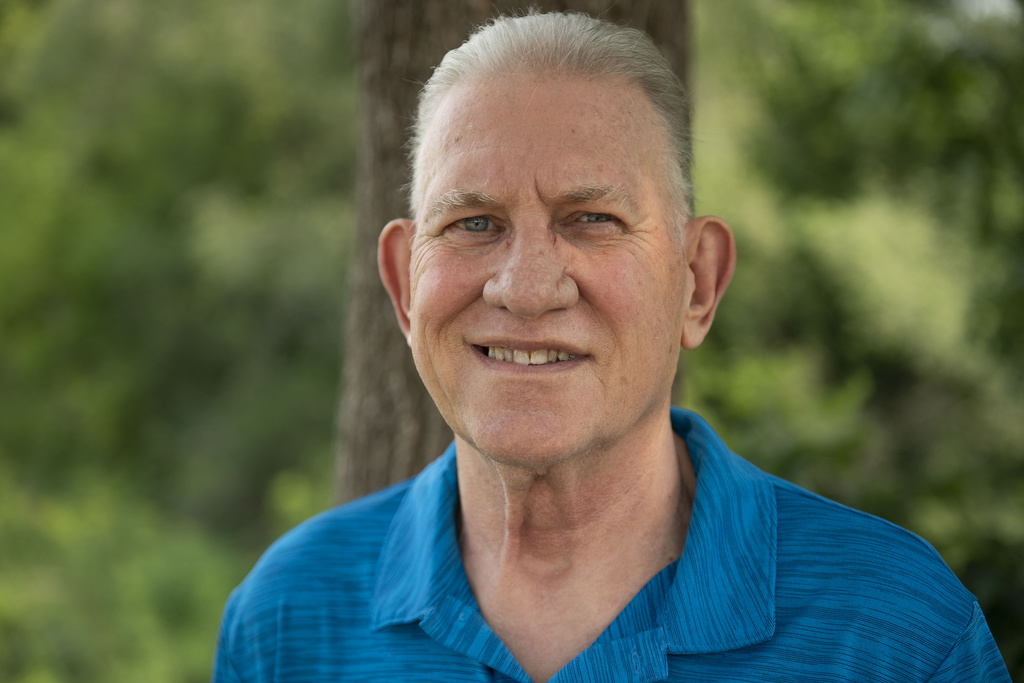
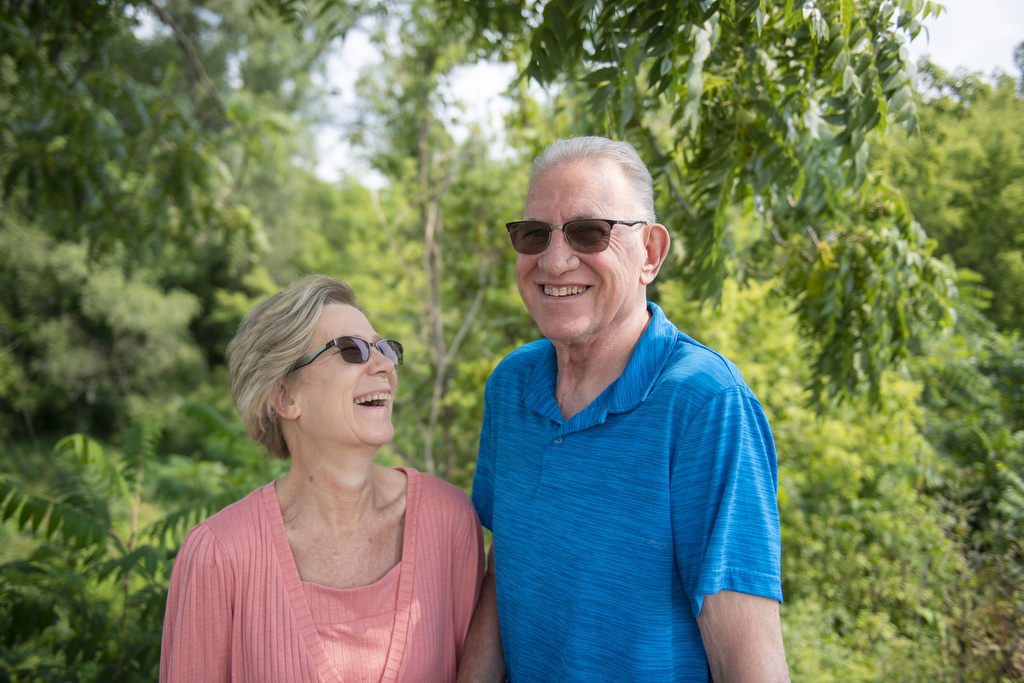

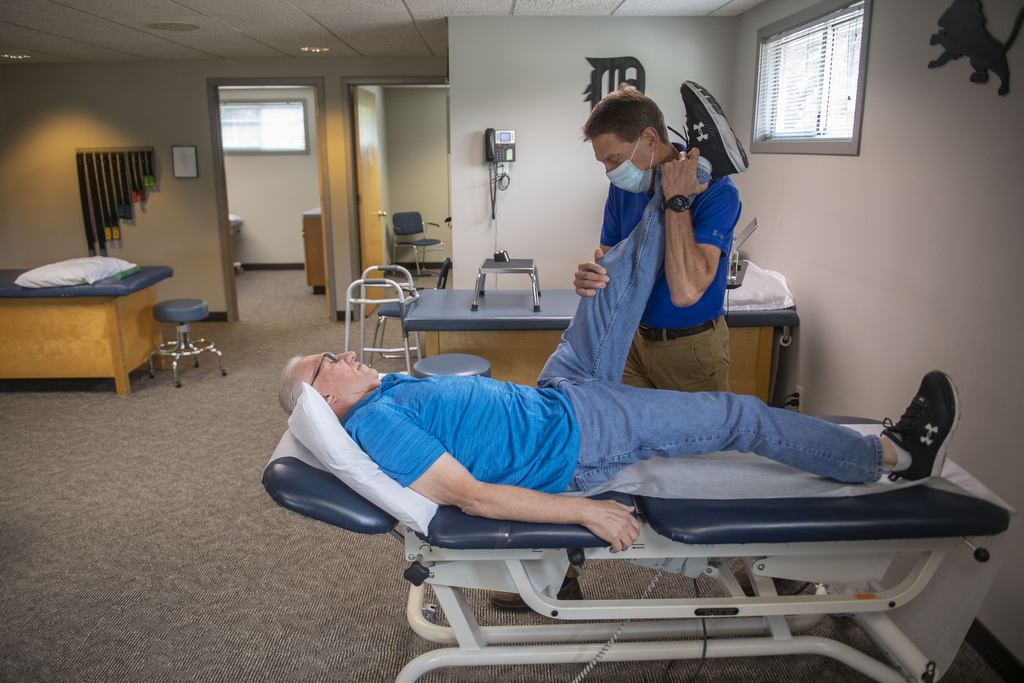

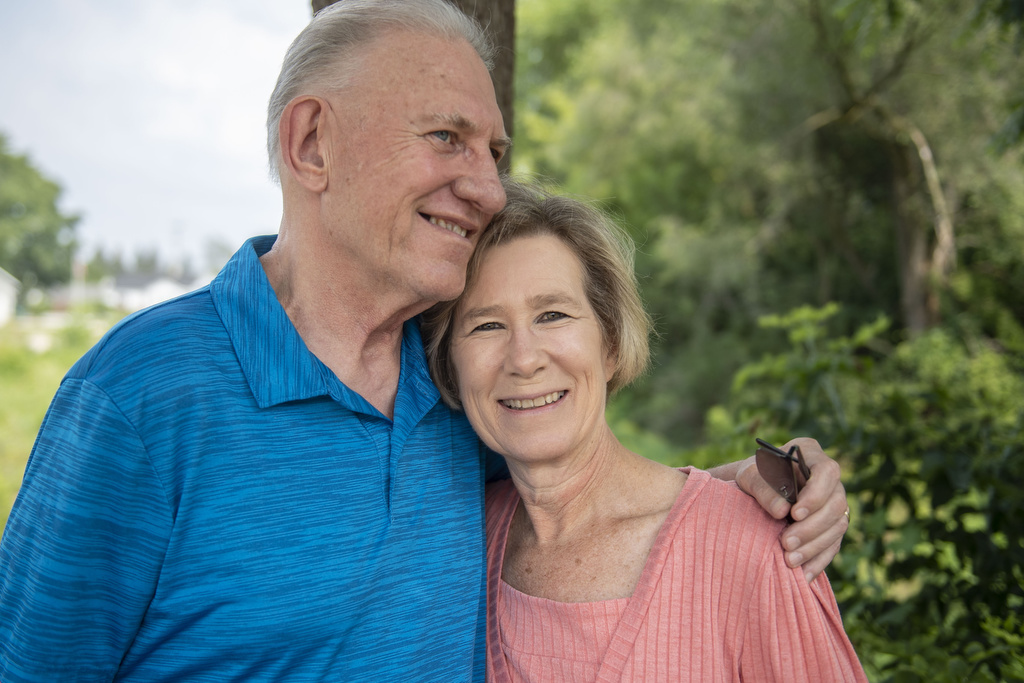
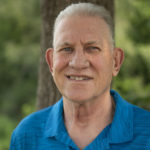
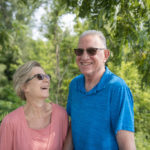
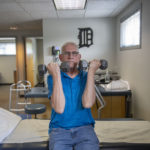
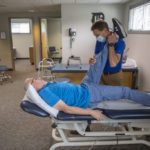



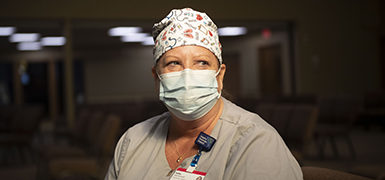 /a>
/a>
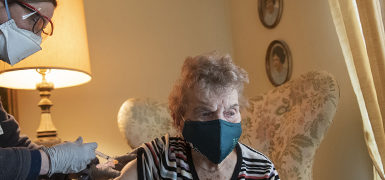 /a>
/a>
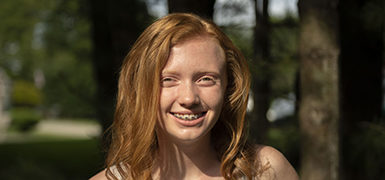 /a>
/a>